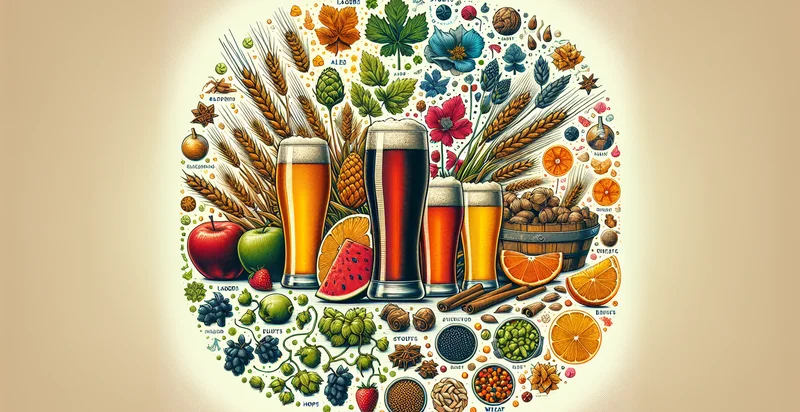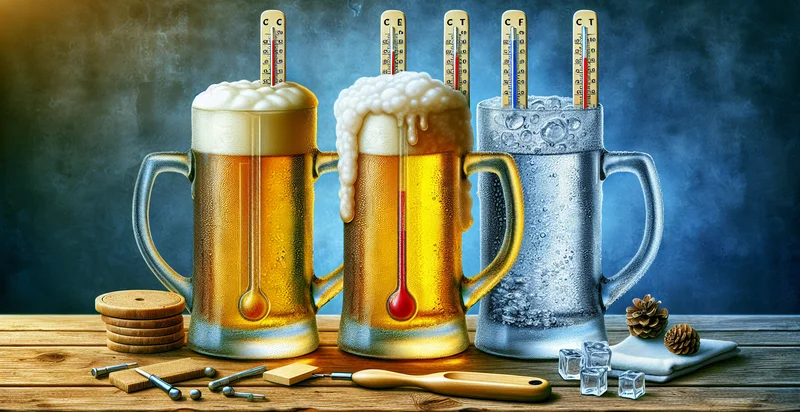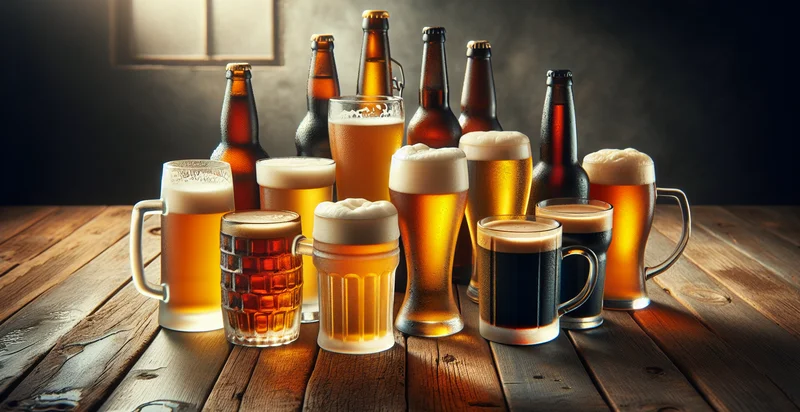Identify beer type from description
using AI
Below is a free classifier to identify beer type from description. Just input your text, and our AI will predict what type of beer it is - in just seconds.

Contact us for API access
Or, use Nyckel to build highly-accurate custom classifiers in just minutes. No PhD required.
Get started
import nyckel
credentials = nyckel.Credentials("YOUR_CLIENT_ID", "YOUR_CLIENT_SECRET")
nyckel.invoke("beer-type-from-description", "your_text_here", credentials)
fetch('https://www.nyckel.com/v1/functions/beer-type-from-description/invoke', {
method: 'POST',
headers: {
'Authorization': 'Bearer ' + 'YOUR_BEARER_TOKEN',
'Content-Type': 'application/json',
},
body: JSON.stringify(
{"data": "your_text_here"}
)
})
.then(response => response.json())
.then(data => console.log(data));
curl -X POST \
-H "Content-Type: application/json" \
-H "Authorization: Bearer YOUR_BEARER_TOKEN" \
-d '{"data": "your_text_here"}' \
https://www.nyckel.com/v1/functions/beer-type-from-description/invoke
How this classifier works
To start, input the text that you'd like analyzed. Our AI tool will then predict what type of beer it is.
This pretrained text model uses a Nyckel-created dataset and has 48 labels, including Altbier, Amber, Amber Lager, American Wheat, Barleywine, Belgian, Belgian Witbier, Black Ale, Blonde Ale and Bock.
We'll also show a confidence score (the higher the number, the more confident the AI model is around what type of beer it is).
Whether you're just curious or building beer type from description detection into your application, we hope our classifier proves helpful.
Related Classifiers
Need to identify beer type from description at scale?
Get API or Zapier access to this classifier for free. It's perfect for:
- Inventory Management: Breweries can utilize the beer type identification function to streamline inventory management. By automatically classifying incoming beer shipments based on their descriptions, stock discrepancies can be minimized, and appropriate storage allocations can be made.
- Marketing Campaigns: Marketing teams can leverage this function to create targeted campaigns based on beer types. By analyzing customer reviews and descriptions, breweries can identify trends and preferences, allowing for more personalized and effective marketing strategies.
- Menu Optimization: Restaurants and bars can implement this function to optimize their beer menus. By classifying beers based on descriptors, establishments can highlight popular types or suggest pairings that enhance customer dining experiences, leading to increased sales.
- Quality Control: Quality assurance teams can use the classification function to monitor consistency within beer types. By analyzing production descriptions and categorizing them, breweries can quickly identify deviations from product standards and maintain quality across batches.
- Market Research: Researchers can harness this functionality to gather insights about market trends in beer preferences. By classifying descriptions from various sources, insights can be gained regarding emerging styles and evolving consumer tastes, guiding product development.
- E-Commerce Personalization: Online beer retailers can implement this classification function to enhance user experience by providing personalized recommendations. Customers could receive suggestions for beers that match their tastes based on automated analysis of product descriptions.
- Social Media Engagement: Craft beer brands can use this identifier to monitor and engage with social media discussions related to different beer types. By classifying user-generated content, breweries can identify popular trends, respond to consumer queries, and foster a stronger online community around their products.


